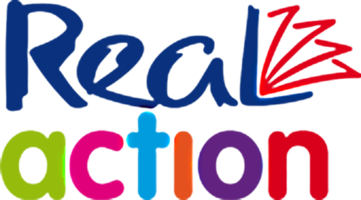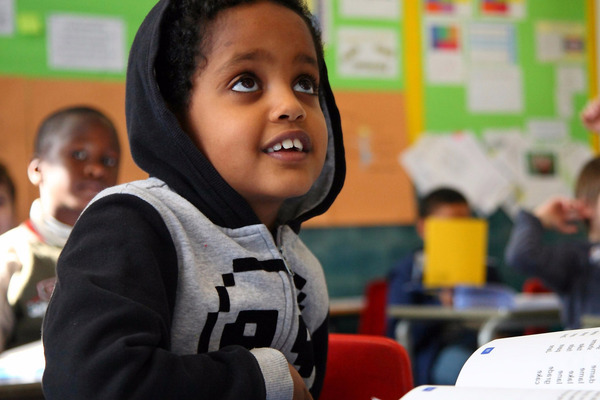Our Impact Report 2016/2017
The impact of our work at Real Action is phenomenal. On average, children’s reading ages improve by over 12 months in just 20 hours of teaching on the Butterfly programme. We call this our 12 in 20 norm. But the benefits of our work reach far beyond the classroom, staying with children into adulthood.
In the last three academic years we have learned even more: ‘disadvantaged’ children can, and do, outperform their peers.
The percentage of children we work with who are eligible for Free School Meals (FSM) and Pupil Premium (PP) at our Butterfly Saturday Reading Schools and the Butterfly in School Programme is significantly higher than the national average. This is also the case for the percentage of children we work with who have Special Educational Needs (SEN) and English as an Additional Language (EAL)[1]. Many are boys, who are known nationally to be outperformed by girls. They rank among the educationally ‘disadvantaged’.
2014-2015
Our 2014-2015 Impact Report told us that, among the 431 primary school children we then taught, EAL children outperformed their non-EAL peers.
2015-2016
Our 2015-2016 Impact Report told us that FSM and SEN school-children, and boys outperformed their peers. Boys on FSM had an +19 months reading age gain in comparison to the +11 months gain of non-FSM boys.
On our in-school Butterfly programme, over the course of this academic year, the FSM children made the same rate of progress with their reading as the non-FSM children. The EAL pupils outperformed their peers. The EAL children received an average of 16 hours of Butterfly teaching and improved their reading ages by an average of 10 months.
A further analysis of our data also shows that the FSM primary school children outperformed their peers. They achieved an average of almost 10 months advancement in reading age in an average of 16 hours of Butterfly teaching.
Measuring our impact
We measure the impact of our Butterfly classes through one-to-one pre and post testing of each child on the programme. The pre-test gives us an initial reading age from which we are able to place children into classes. Then we post- test the children after x number of hours’ Butterfly teaching. We calculate each child’s reading progress from these pre- and post- testing results. This provides objective evidence of the impact of our Butterfly teaching. It demonstrates the reality of our real action.
Previous Study
We had the results of a research study, Learning to Read, Reading to Learn, which demonstrated that we really could change children’s lives. The study indicated that participating in the Butterfly programme made a measurable and lasting difference to children’s educational performance.
For example, compared to similar local children who had not attended the programme, our Butterfly pupils were 90% more likely to achieve Level 4* or higher in both English and Maths at Key Stage 2. Download a PDF of the full report to find out more about these outstanding results.
Case Histories
See what a group of twenty newly recruited children achieved during one term at our model Butterfly Saturday Reading School, and read the stories of some of the individual children whose lives have undergone Butterfly transformations.
[1] In 2016 the national average of pupils in primary school on FSM is 14.5% and with EAL is 20.1%. 14.4% of pupils across primary and secondary schools in England in 2016 have SEN.





